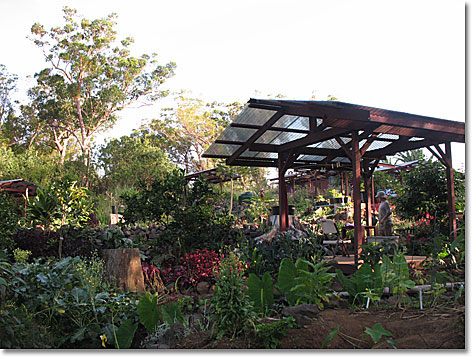As impervious surface area continues to expand, the tentacles of urbanization reach further into the wilds. Green spaces are becoming more rare. When asked about green spaces and their childhood, many adults acknowledge that they had a special forest or pond that they remembered playing in. Whether it be significant acerage adjacent to ones house or a wooded vacant lot in the subdivision, many can comment on playing outside in nature. Can our children do this today? While some are fortunate enough to answer yes to this question, many are not. Greenspaces are dissapearing rapidly. Some blame the explosion of technology and more specifically social networking applications on the internet. Others point to the diminishing access that children have to an unstructured natural environment. People are recognizing the weight of this phenomon and speaking out!
Winner of the 2008 Audobon Award and author Richard Louv has gone so far as to label the phenomenon Nature Deficit Disorder, suggesting that the lack of unstructured play in nature affects a child’s psychological well being. Since publishing Last Child in the Woods in 2005, Louv has been making public appearances in town halls across the country. He is spurring a movement toward improving our children’s health through increasing contact with nature.
Disconnect with nature is not only endemic to the USA. The Child and Nature Alliance in British Columbia highlights that “Canadians are now 80% urbanized, spend 90% of our days indoors and an additional 5% in our cars. That leaves an average of 1 hour 12 minutes outside.” Vice president of the the Child and Nature Alliance, Nevin Harper Ph.d, published an article entitled Therapeutic benefits of contact with nature: A primer for counselors and suggestions for schoolyard naturalization. In the article Dr. Harper cites many academic publications in his argument for greening playgrounds. Specific to school counseling, Dr Harper says “A counselor faced with client issues of depression, stress anxiety, ADD, ADHD, and a host of other behavioural and emotional problems may consider the use of the outdoors as counseling milieu.” Dr. Harper even goes so far as to suggest the value of garden spaces and the opportunity for counselors to get their hands dirty with the kids.
While uprooting cane grass and tending the tarot beds with students at Pacific Quest yesterday, I pondered the implication of this article. Many of the students are being “unplugged” from their uban lifestyles for their first time. At the end of our project, we stood sweating in the sunlight. I could see proud smiles on the dirt streaked faces. They commented on how good it feels to work the land. As a counselor and blogger interested in research and publications, I questioned how one could measure a person’s psychological development and well-being in relation to nature. It is a difficult thing to measure, however, I may rely on the feeling of the connection the students and I made to the land as well as the success that PQ students experience as proof that nature is a powerful player in well-being.

1 Comment
Hi Mike:
Marvelous insight into this “urbanization” problem. I have Louv’s book sitting on my “to read” pile and this just reminds me to make this my next book. 🙂
I might link to this as a source of what the problem is.
Thanks.
Lon